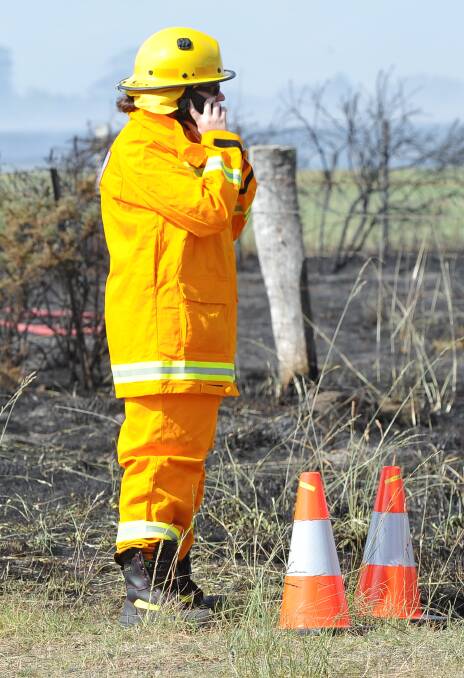
This year’s bushfire season is drawing to its close like a beast going to sleep. In Victoria, once again a series of fires destroyed property, thankfully not on the widespread scale of years previous, but still devastating to those affected.
Subscribe now for unlimited access.
or signup to continue reading
Approximately one-half of all fires in Australia are deliberately lit. Of the 40 per cent of fires that are of unknown origin, many are suspected to also have been started deliberately. Many fires are started by reckless behaviour. Some of that behaviour is also wilfully deliberate.
Most worrying – there is no treatment or counselling for those few who are convicted of the crime. Those who commit arson are rarely detected, and those that are often re-offend after punishment.
Dr Janet Stanley is Honorary Principal Fellow of the Melbourne Sustainable Society Institute at the University of Melbourne. She and her colleagues have written about the incidence of arson and the impact of bushfire at great length. As a person who has lost a home to fire, Dr Stanley has a deeply personal as well as professional desire to understand the reasons behind why someone would set a fire. Her studies into childhood abuse and neglect have led her discover that about 40 per cent of arsonists are youth, and beyond that about 14 per cent are children.
“There’s very little that can be done about treating arsonists. There are no treatments. There are none available. We are trying to combat arson without having any treatment for those caught,” says Dr Stanley.
She says that there is some evidence that for those arsonists who are caught and convicted, appropriate programs in jail might assist in reducing re-offending. But these programs are not being offered. Prisoners are exposed to general skill development, not a targeted approach to this kind of behaviour.
“Without that, when they get out of jail they continue with the same activities. All this is not new, but with climate change, small fires now become major fires.”
While most youth leave the behaviour behind, a percentage continue fire-lighting into adult life. Dr Stanley says that while there are many reasons why people – and the overwhelming majority are male – light fires, there is a often a background of abuse and neglect that lead arsonists to have a range of anti-social behaviours.
“Most people who are convicted of arson are also convicted of other, often violent, offences at the same time. But one of the problems is so few people are convicted of arson that its not likely to be representative of the total group of arsonists. In Victoria only about 1 per cent of arsonists are caught and convicted. It’s very hard to catch them. You might suspect who is committing arson, but you don’t know if they're going to do it, when they're going to do it. And it’s often associated with an intellectual disability. A failure to understand the consequences of their behaviour. It might a young child exploring fire - most children explore fire. It might be a group of boys who are running a bit wild. A lot of fires are lit after school, perhaps when parents are at work and there’s no supervision. And often when they light the fire there is no sinking-in of the consequences.
“If you’re talking about an adult, there are lots of reasons why they might light a fire and one of those might be to actually be involved in putting that fire out. Often the male who lights the fire is older and on the fringe of society, likely to be unemployed and uninvolved in the local community. There’s a ‘hero’ side to it; you light the fire and you’re the first there, watch the fire, report it, help put it out.”
You can contact Crimestoppers on 1800 333 000.













